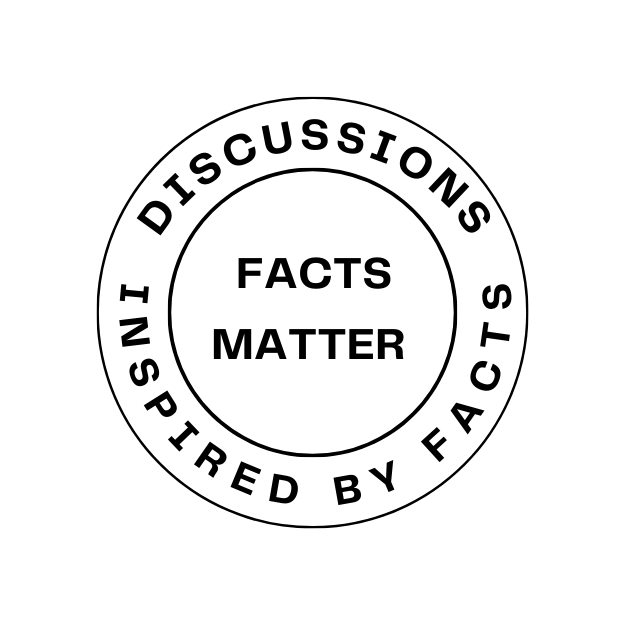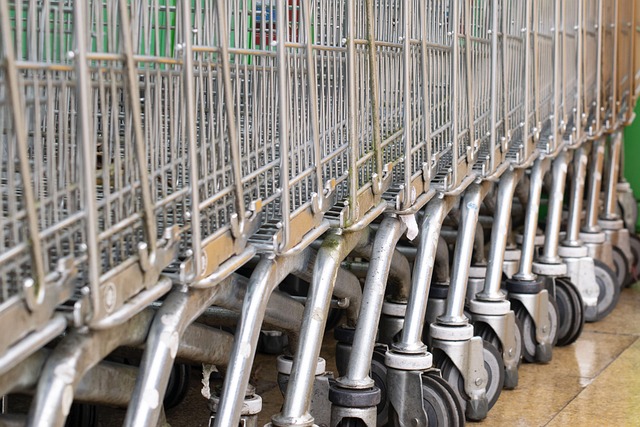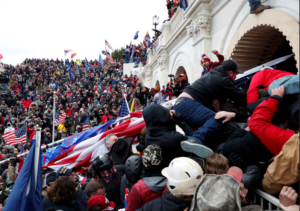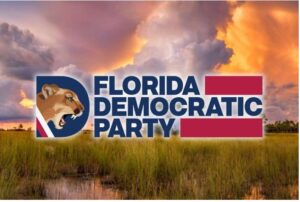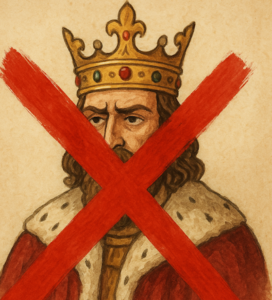America’s economy after the pandemic was the envy of the world. It was growing faster, providing more jobs and higher incomes than any other developed country and people are really mad about it. Actually, what they’re mad about is that the price of items like, for example, breakfast cereal was too high and they don’t know who the president of Kellogg’s is. They knew who Joe Biden was though and he should have been able to get the cost of cornflakes and other items they need to go back down.
Unfortunately for all of us, he couldn’t. Well, he could but you wouldn’t like it. The government has tried to control the price of things several times in the last century when there were wars or hangovers from wars. Other than that, even in times of high inflation, the government has correctly chosen to stay away from setting the price of consumer goods. That’s because the economic engine of the United States works really well on its own most of the time. That engine, capitalism, has allowed creative and resourceful individuals and groups of individuals to do remarkable things. It’s true, it occasionally sputters or runs hot for a while but it has a self-correcting mechanism that almost always gets activated. It’s called supply and demand. What started this round of price-upping was a slowing pandemic that left lots of people with money and not much to buy.
Businesses that make things to sell were not able to produce much with their workers sick or afraid to come to the plant. That eventually began to ease and factories began spitting out products all at once. When factories began making things it was a challenge to get them delivered to the right place. Getting them on the road or to the port was creating a high demand for a scarce resource, transportation. On October 10, 2021, 87 ships were waiting offshore to unload in ports around Los Angeles. That kind of backlog, more or less, existed all over the country. Dockworkers were sick or unwilling to work significant overtime to unload more containers. There was little the government could do except negotiate with unions and provide funding to create popup ports. The backlog eased after two years but by then prices reflected supply shortages and very high transportation costs. Besides, once prices go up companies are loathe to bring them down unless reduced demand requires it. That did not happen.
Most economists thought inflation would begin to ease quickly when the manufacturing and shipping backlogs were reduced. They were wrong. Not only were the higher prices not slowing down purchases, but manufacturers were also trying to recoup lost profits from the COVID-19 times. They were pushing through products made with higher costs from their suppliers as well as higher labor costs. For a variety of reasons, supply did not exceed demand enough to cause prices to come down. That supply and demand thing is complicated at a whole bunch of levels. That’s why government intervention is likely to cause more problems than it would solve.
We are all dealing with the result of this mix of issues that has changed our outlook and expectations. There is more to the story, however, and digging deeper will take more time. It’s important to understand the difference between a free market economy and managed capitalism. That’s for next time.
